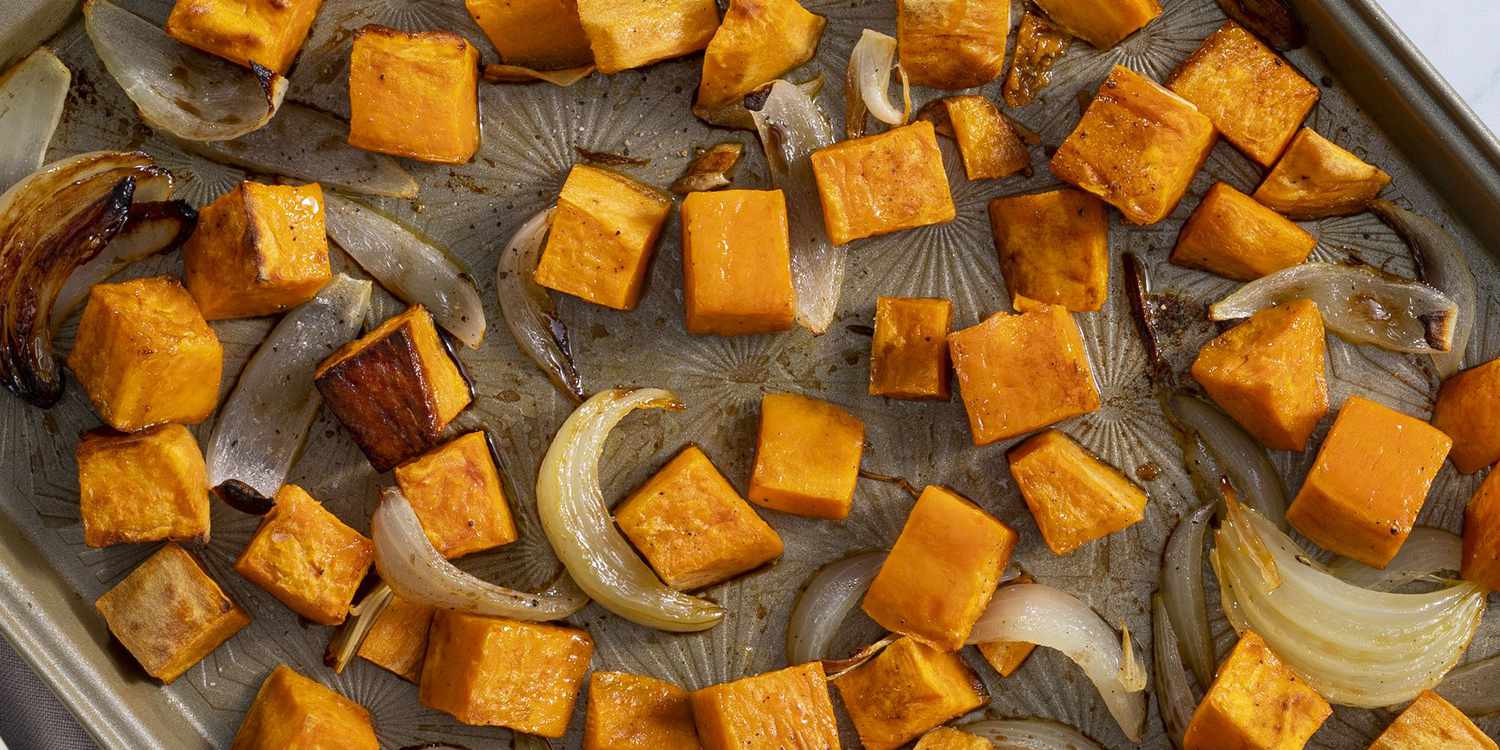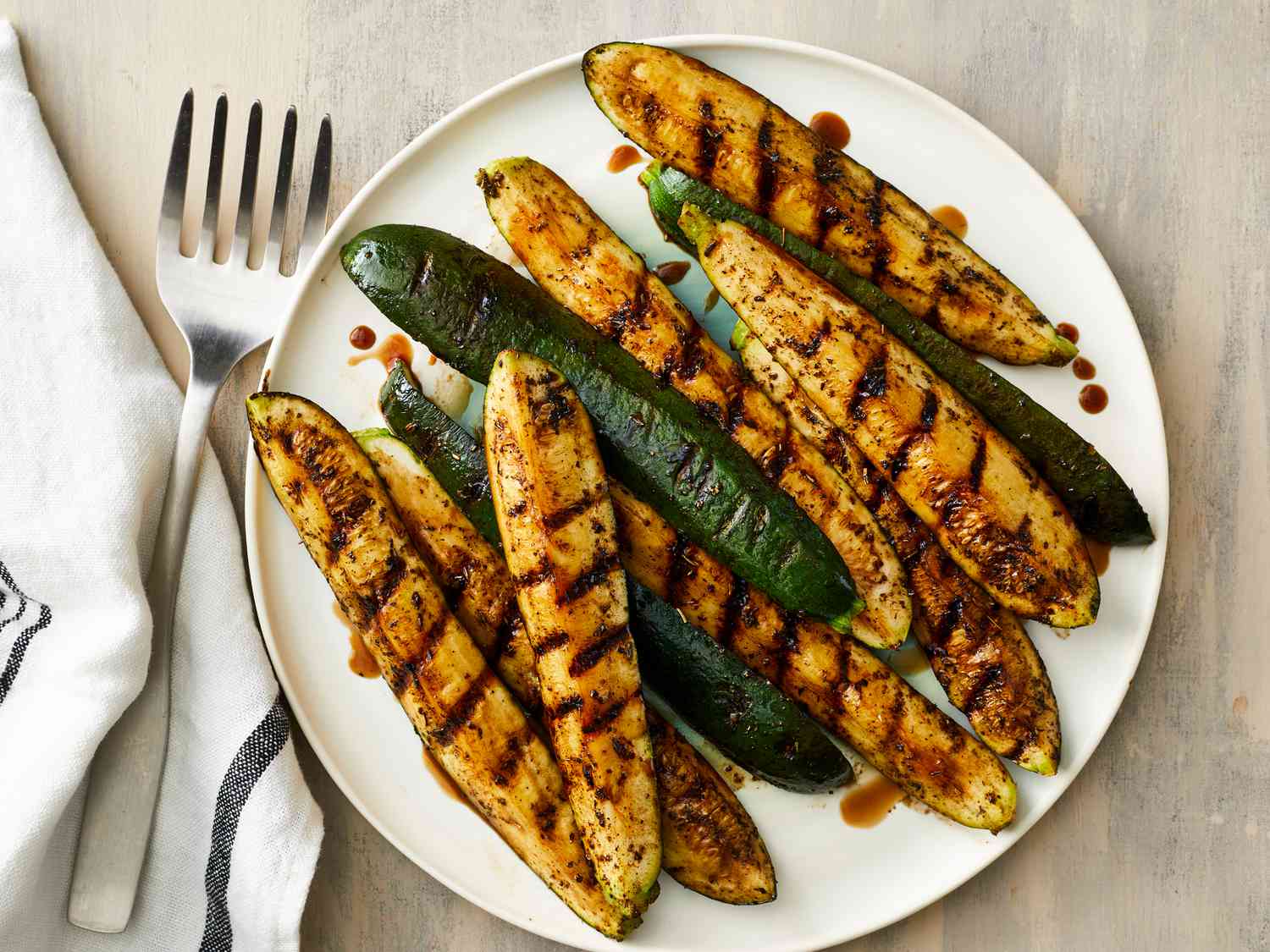Roasting may be one of the easiest cooking techniques. Your oven does most of the work while you spend time with family, friends, or a good book ― all of which make it particularly appealing during the busy holidays. Your effort comes primarily before the actual cooking begins. Foods are simply prepared ― chickens trussed, tenderloins and hams rubbed with seasonings, vegetables cut up ―and then they cook, mostly hands-free, until they emerge with browned, hearty flavors.
Roasting involves cooking food in an uncovered pan in the oven. It is a dry cooking technique, as opposed to wet techniques like braising, stewing, or steaming. Dry, hot air surrounds the food, cooking it evenly on all sides. Depending on the food you’re preparing, you can roast at low, moderate, or high temperatures.
Large cuts of meat work well for roasting — ham, whole turkeys or chickens, or pork tenderloins. Smaller cuts like boneless chicken breasts or fish fillets may dry out in the oven (they’re usually better sautéed). Roasting is also ideal for dense vegetables such as potatoes, beets, and winter squash, as it concentrates their natural sugars and intensifies their flavor. Below, master the art of roasting in the oven with these five essential techniques and pointers.
1. Set Your Oven to the Right Temperature.
Choose the temperature according to the type of food you’re roasting. Vegetables usually need a moderate temperature near 375 degrees F so that internal water evaporates quickly to concentrate the flavor without the food browning too deeply or becoming too soft.
In general, use low (250 degrees F) to moderate (375 degrees F) heat for large roasts so they’ll cook evenly and slowly (high heat would burn the outside of the roast before it’s done on the inside). High-heat (above 400 degrees F) roasting works well for small, tender cuts such as tenderloins because it quickly produces a browned crust, and the meat cooks adequately in a short time.
2. Stock the Best Roasting Tools.
A heavy roasting pan with a rack is a good investment for your kitchen. A roasting pan has low sides, allowing more of the oven’s heat to make contact with the food. Choose a heavy pan, as it will distribute heat evenly and isn’t as likely to burn pan drippings. A rack is helpful to suspend food that produces a lot of drippings (whole poultry or fatty roasts, for example) out of the liquid. If you don’t have a rack, place a wire cooling rack in the pan. You can also use a broiler pan for roasting, but these pans are shallow, so be careful not to spill hot drippings out of the pan.
You’ll need butchers’ twine to truss chickens, turkeys, and some roasts so they hold their shape as they cook. Look for food-safe butchers’ twine at cookware stores, some hardware stores, and many large supermarkets. Or ask your butcher to include some twine with your purchase.
A meat thermometer is essential since the key to perfectly roasted meats is to not overcook them. Choose an instant-read or a remote digital model.
3. Basting Isn’t Always Necessary.
Whether you should baste meat or leave it alone as it cooks depends on various factors. A standing rib roast, for example, should not be basted because one of its best features is the salty crust that forms over the meat as it roasts; you wouldn’t want to wash that away. And whole chickens and turkeys have enough fat under the skin (which we discard after cooking) that they self-baste as the fat slowly melts and coats the meat.
Frequent basting also means you’re opening the oven door and letting the heat escape, which could lengthen the cook time or prevent the meat from properly browning. Understand that basting isn’t necessary to keep food moist. If, however, you want to add more flavor in the form of a glaze―as in our Tangy Honey-Glazed Ham ― basting is a worthwhile endeavor.
4. All Meat Needs to Rest.
All meat should rest for 10 to 20 minutes after it’s removed from the oven. Larger cuts―a standing rib roast, for example―retain enough internal heat so that they continue to cook out of the oven, up to an added 10 degrees or so. Smaller cuts like pork tenderloins do not have enough mass to continue cooking by more than a couple of degrees.
But the main reason meat should rest is to allow the juices to redistribute. If you slice into a roast chicken or beef roast immediately upon pulling it out of the oven, all the juices would pour out onto the platter, and the resulting meat would be dry.
5. Follow Safe Cooking Temperature Guidelines.
We follow the U.S. Department of Agriculture’s guidelines for cooking poultry to internal temperature of 165 degrees F. For pork and reheating fully cooked ham, the internal temperature should be 145 degrees F. For some beef, lamb, and game cuts, however, we prefer cooking to lower temperatures than the USDA recommends because it produces juicier results. If you are pregnant, older, have a compromised immune system, or are serving to children, follow the USDA’s recommendation to cook beef or lamb to a minimum of 145 degrees F and game to 160.
Related
- 13 Perfectly Crisp Parmesan-Roasted Recipes
- 6 Things to Cook While You Have the Oven On Anyway
- Why Do So Many Recipes Call for Baking at 350 Degrees F?




